Mesmerizing Photos of People Lying in a Week’s Worth of Their Trash
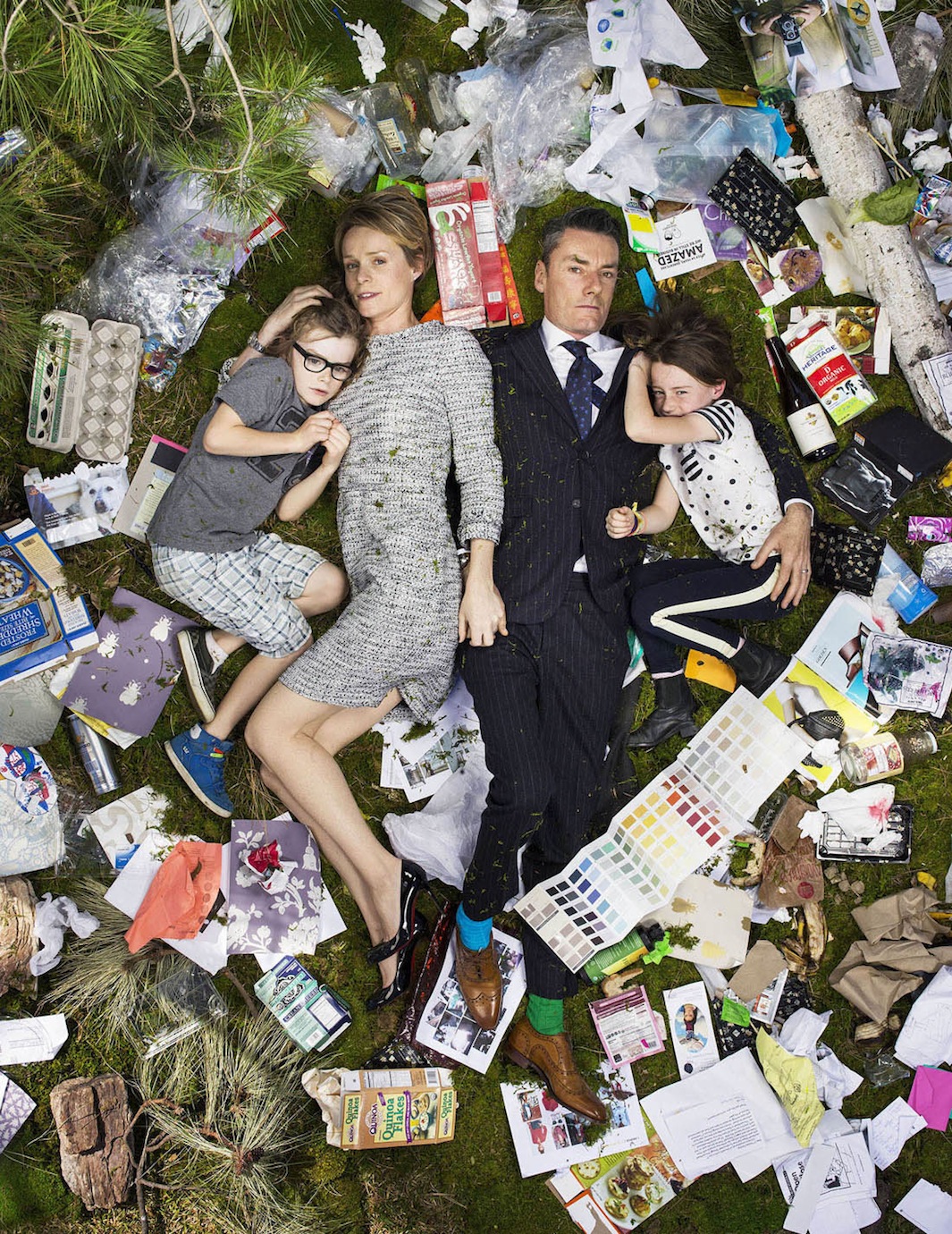
Gregg Segal
The United States has a trash problem. According to the U.S. Environmental Protection Agency, the average American produces more than 4 pounds of garbage per day. That’s more than double the amount produced in 1960, and it’s 50 percent more than the amount produced by Western Europeans. In January, photographer Gregg Segal decided to put some imagery to those numbers. His ongoing series, “7 Days of Garbage,” shows Californian friends, neighbors, and relative strangers lying in the trash they created in one week.
Some of Segal’s subjects volunteered to be a part of the project because they believed in the idea behind it. Others were compensated for participating. Generally, Segal strove to include people from a variety of socioeconomic backgrounds. And while the amount of garbage varies by person, there were some people who produced more garbage than they were willing to bring to the shoot. “Of course, there were some people who edited their stuff. I said, ‘Is this really it?’ I think they didn’t want to include really foul stuff so it was just packaging stuff without the foul garbage. Other people didn’t edit and there were some nasty things that made for a stronger image,” Segal said.
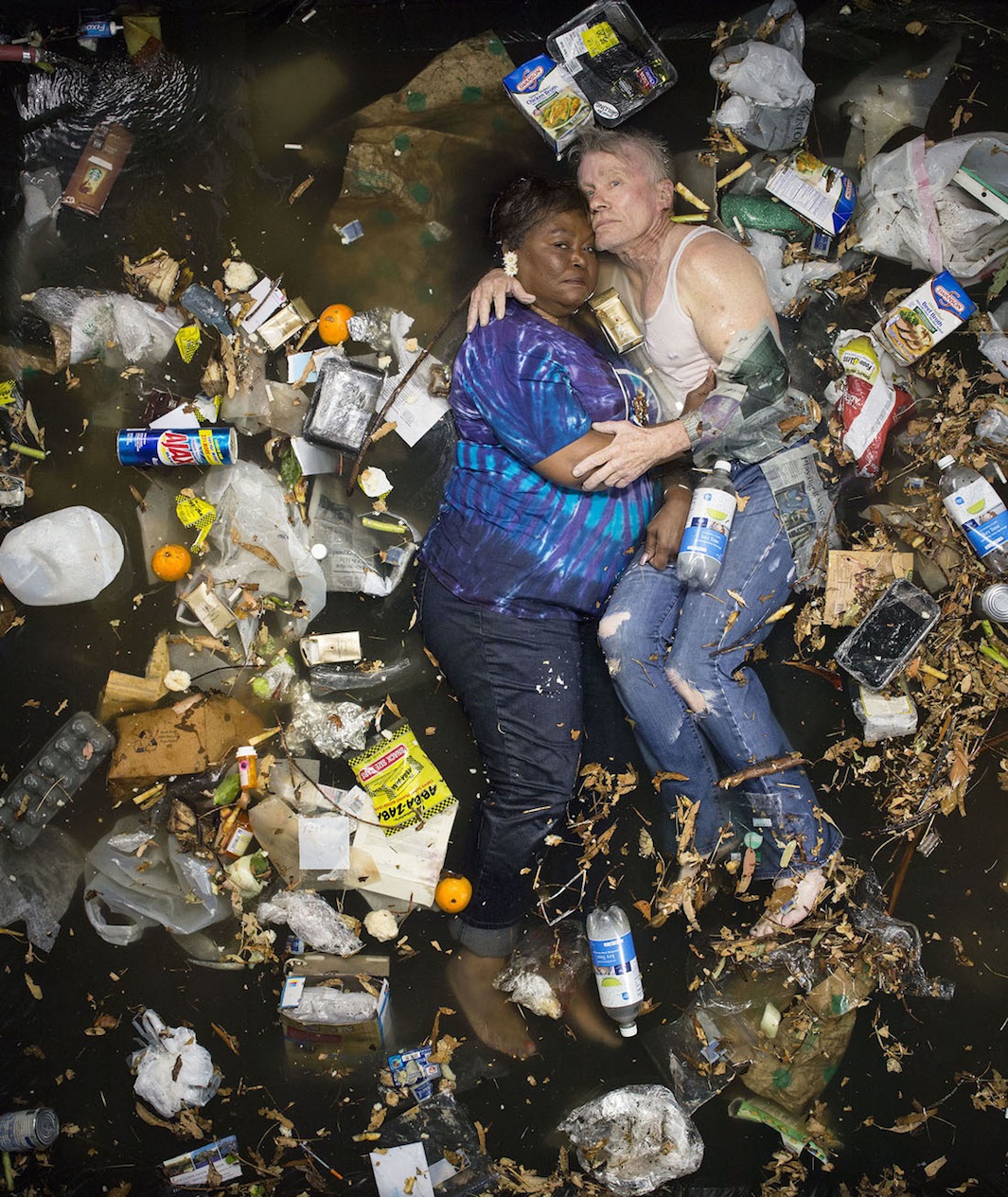
Gregg Segal
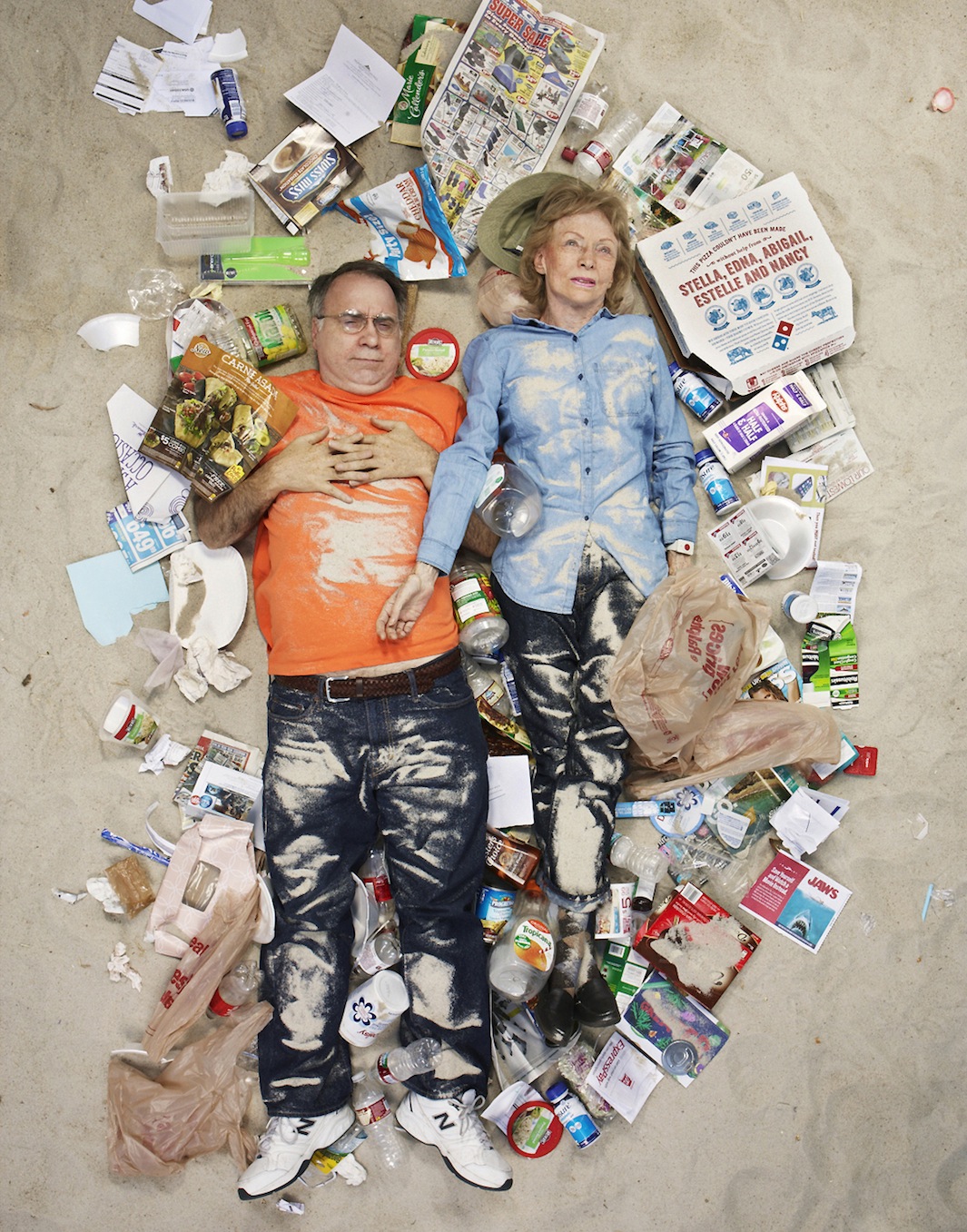
Gregg Segal
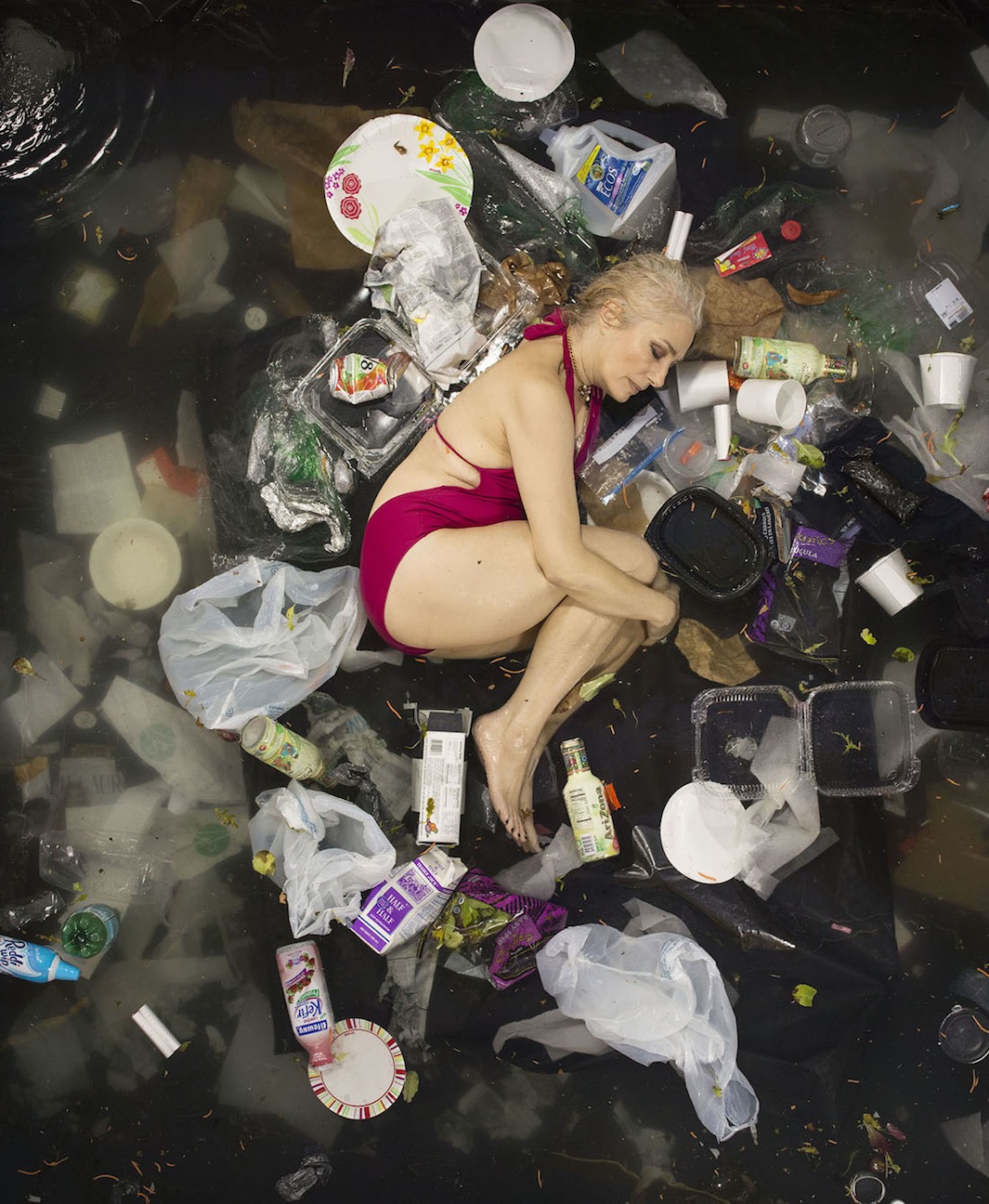
Gregg Segal
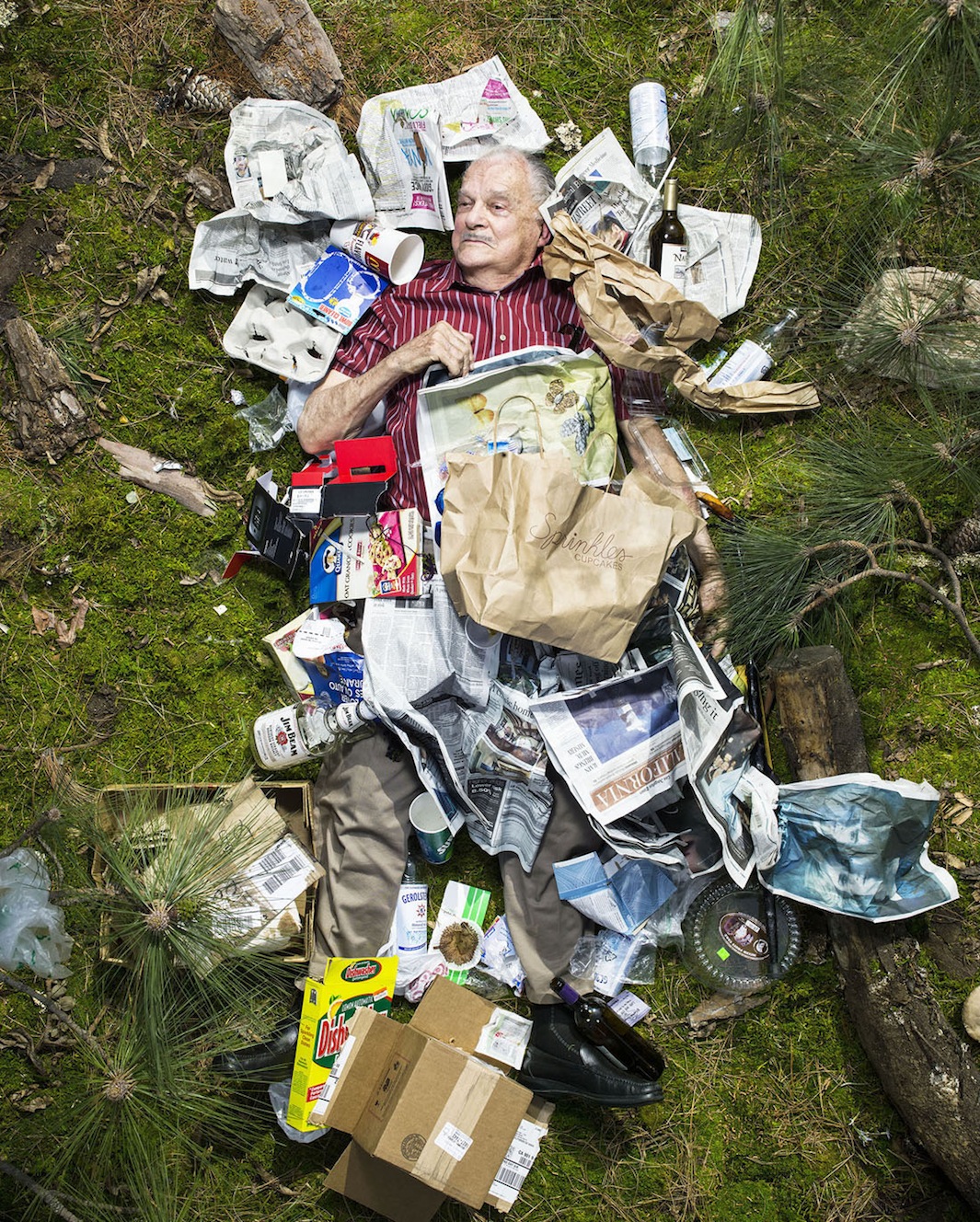
Gregg Segal
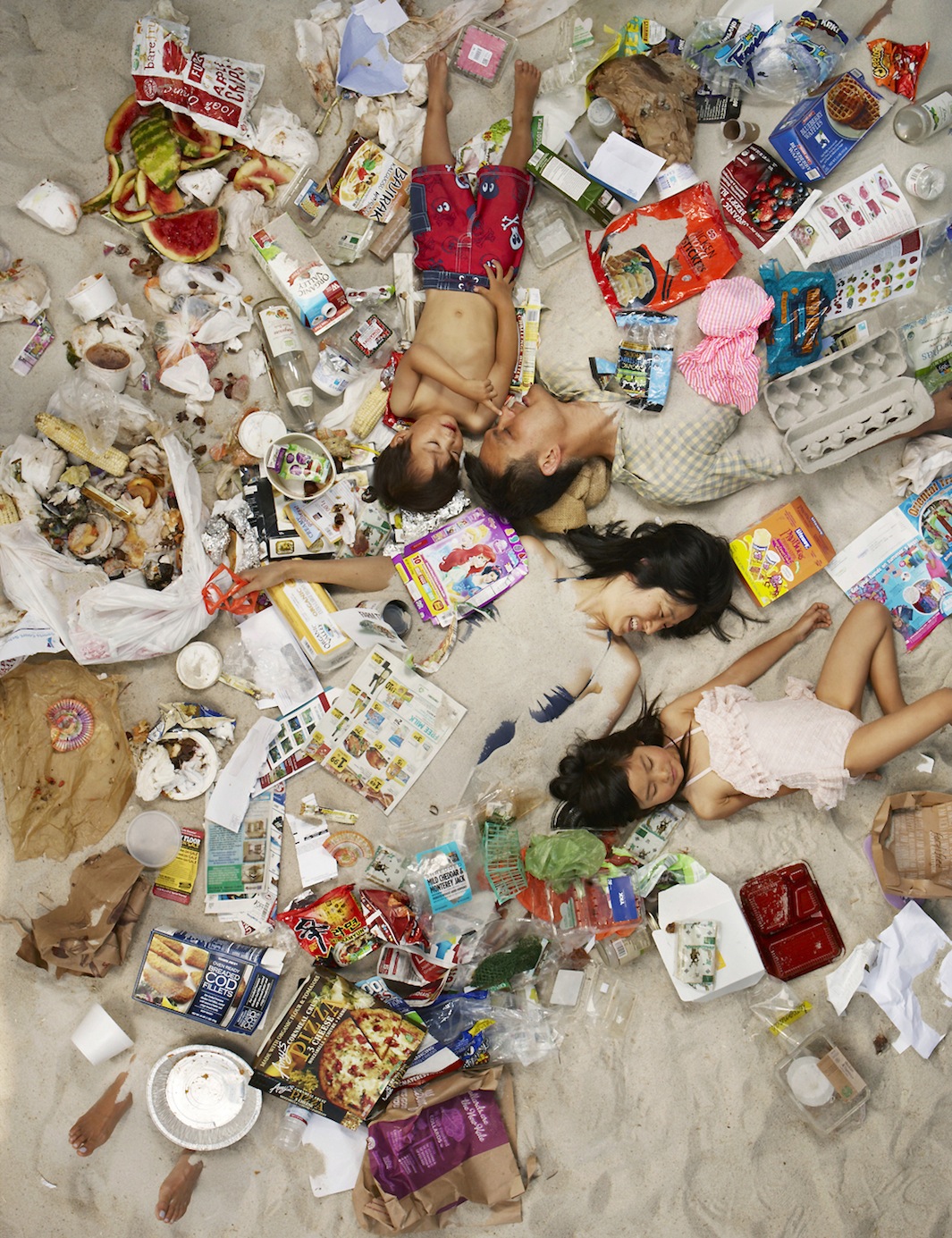
Gregg Segal
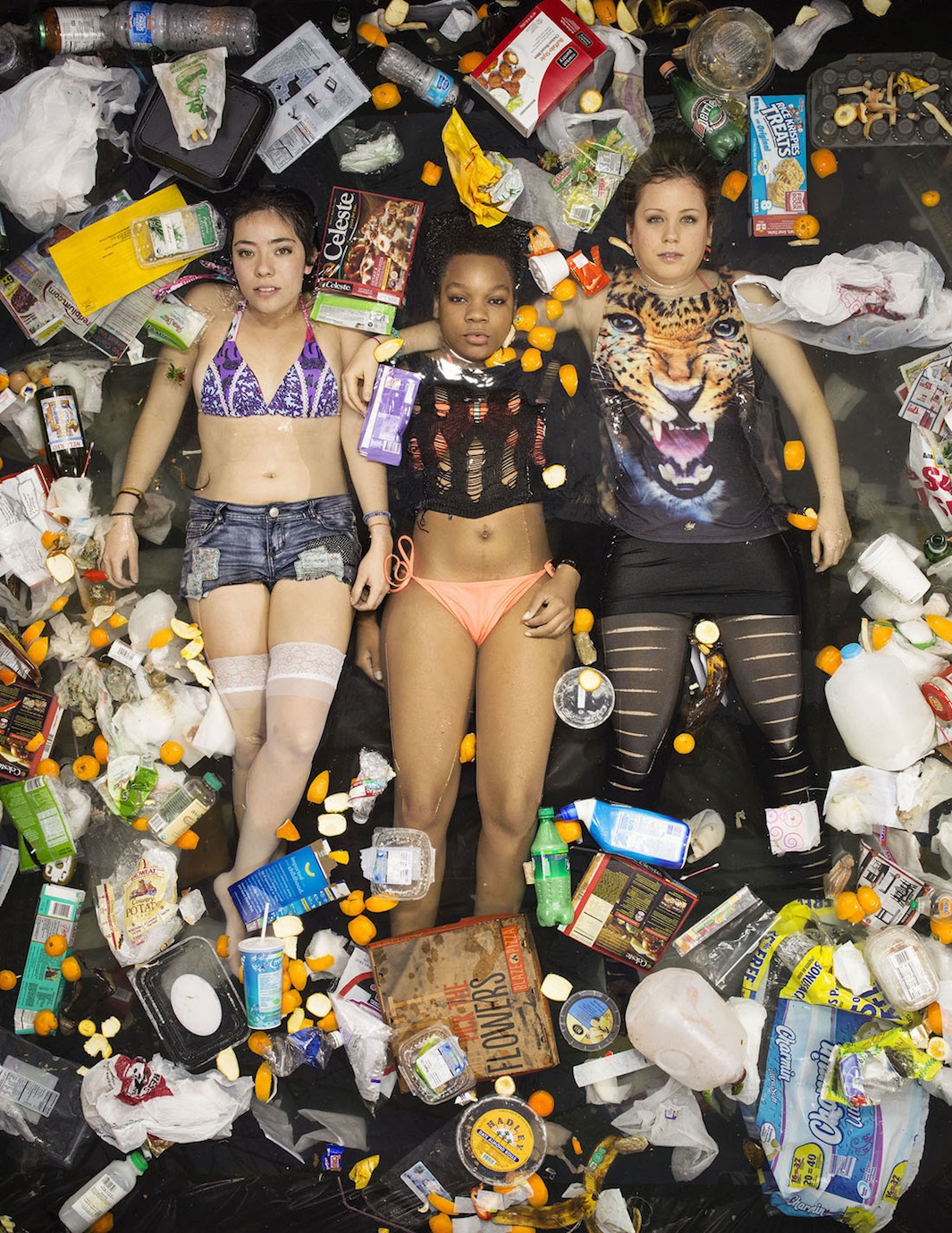
Gregg Segal
Segal used natural materials to transform his yard into artificial environments, like a forest floor or a sandy beach or a body of water, where he photographed all his subjects. "I shot from above to make it very clinical and clean and graphic. It’s kind of a nest, a bed we’re lying in with all this stuff, forcing us to reconcile what we’re producing, which hopefully causes some people to think a little bit more about what they’re consuming,” he said.
Naturally, some people had some hesitation about lying in garbage. “They thought it was kind of gross. I think there’s something mildly humiliating about it, but in a constructive way,” Segal said. “It’s kind of a once in a lifetime experience for people to be photographed with all their stuff. I think it’s seen as a kind of novelty for some people and the question of grossness was mitigated by the novelty factor.”
Segal posed for a photo, too, with his wife and son. “I didn’t want to act like I’m separate,” he said. “I wasn’t crazy about the picture, but I do think it’s important to show people. It’s not like I’m pointing the finger at them. I’m pointing it at all of us.”
As Segal continues to work on his series, he intends to shoot his subjects in a greater variety of constructed natural settings to enforce the idea that garbage is everywhere and that no environment is left untouched by it. “Obviously, the series is guiding people toward a confrontation with the excess that’s part of their lives. I’m hoping they recognize a lot of the garbage they produce is unnecessary,” he said. “It’s not necessarily their fault. We’re just cogs in a machine and you’re not culpable really but at the same time you are because you’re not doing anything, you’re not making any effort. There are some little steps you can take to lessen the amount of waste you produce.”
Segal’s work is included in this year’s edition of The Fence in Brooklyn.
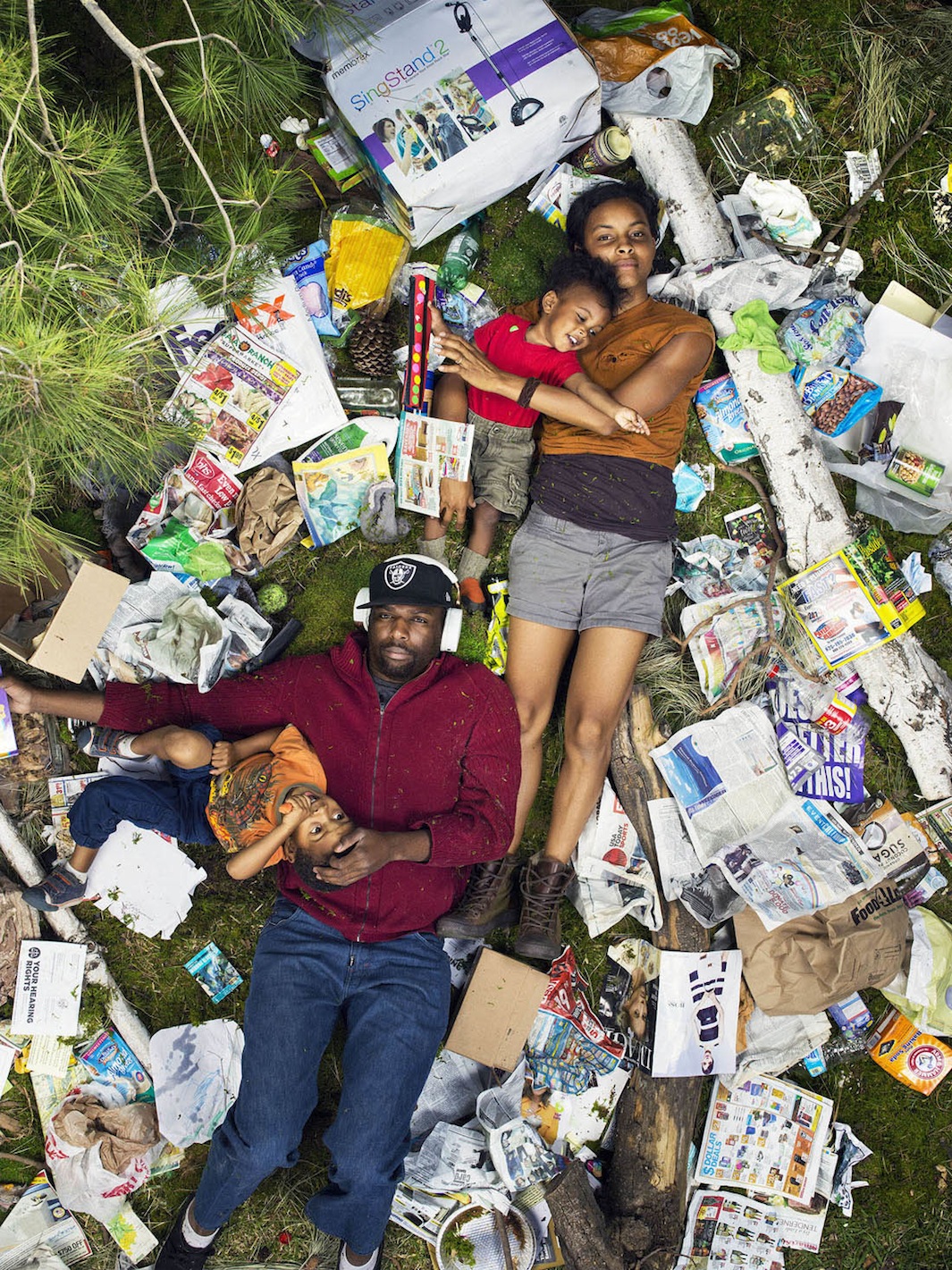
Gregg Segal
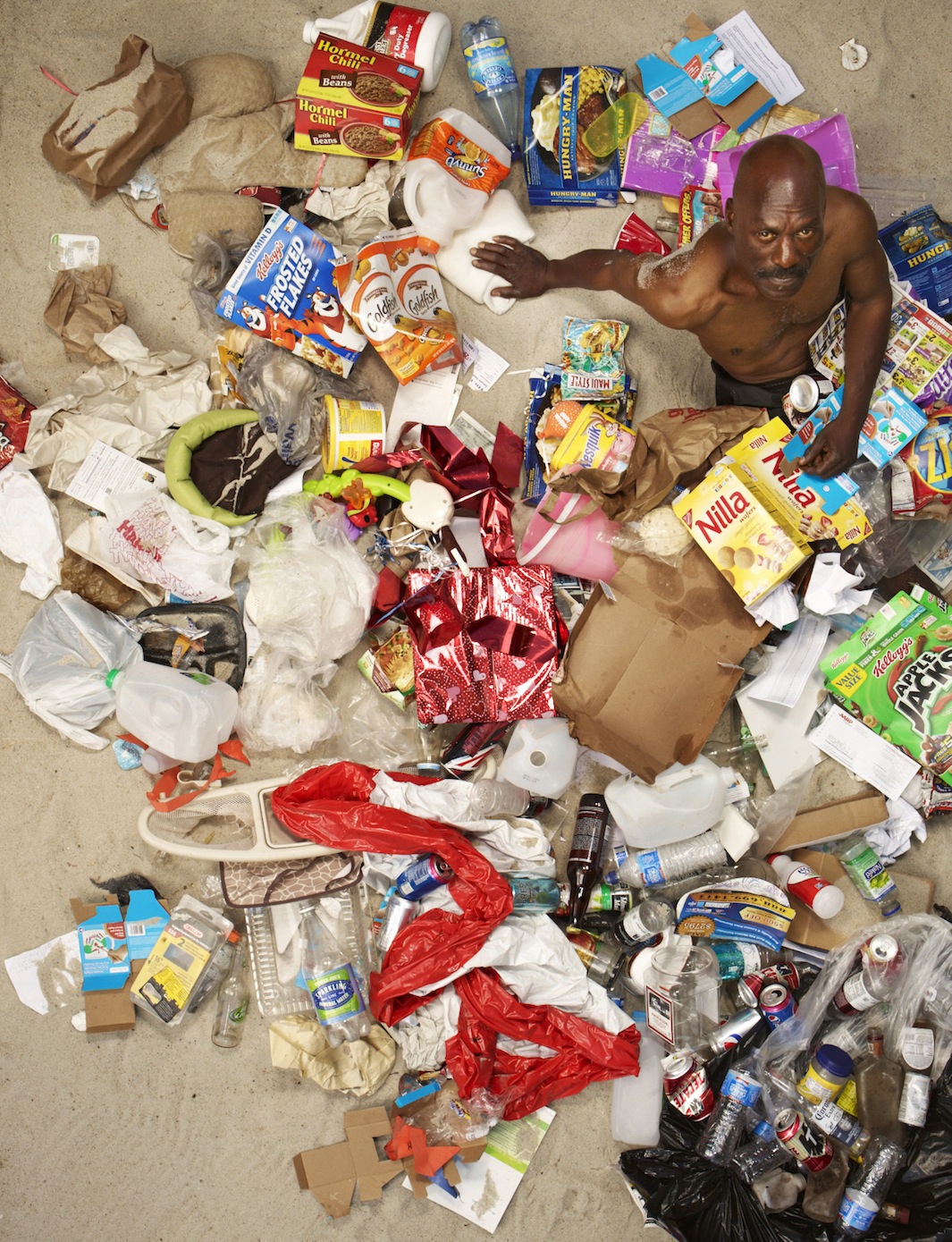
Gregg Segal
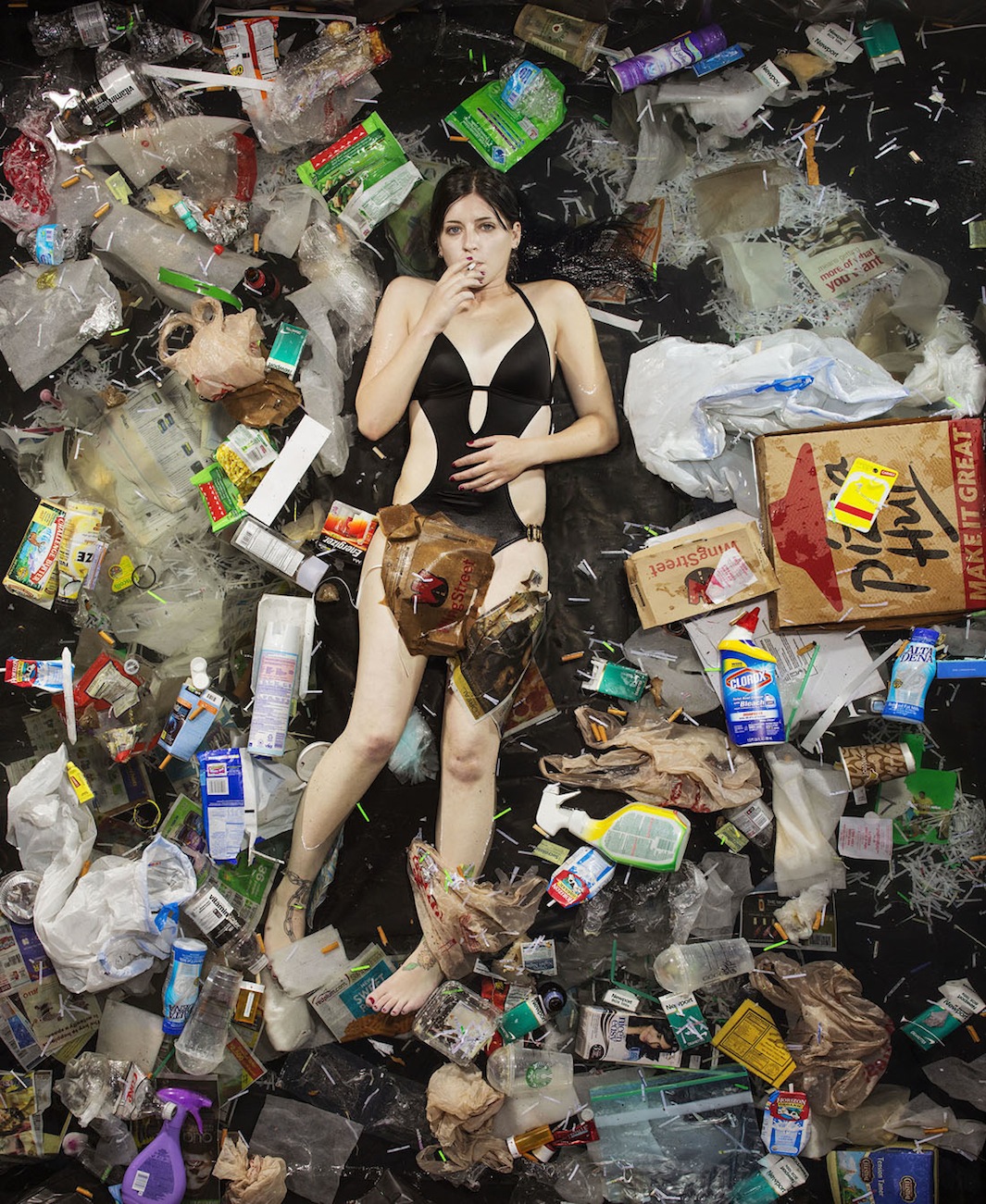
Gregg Segal
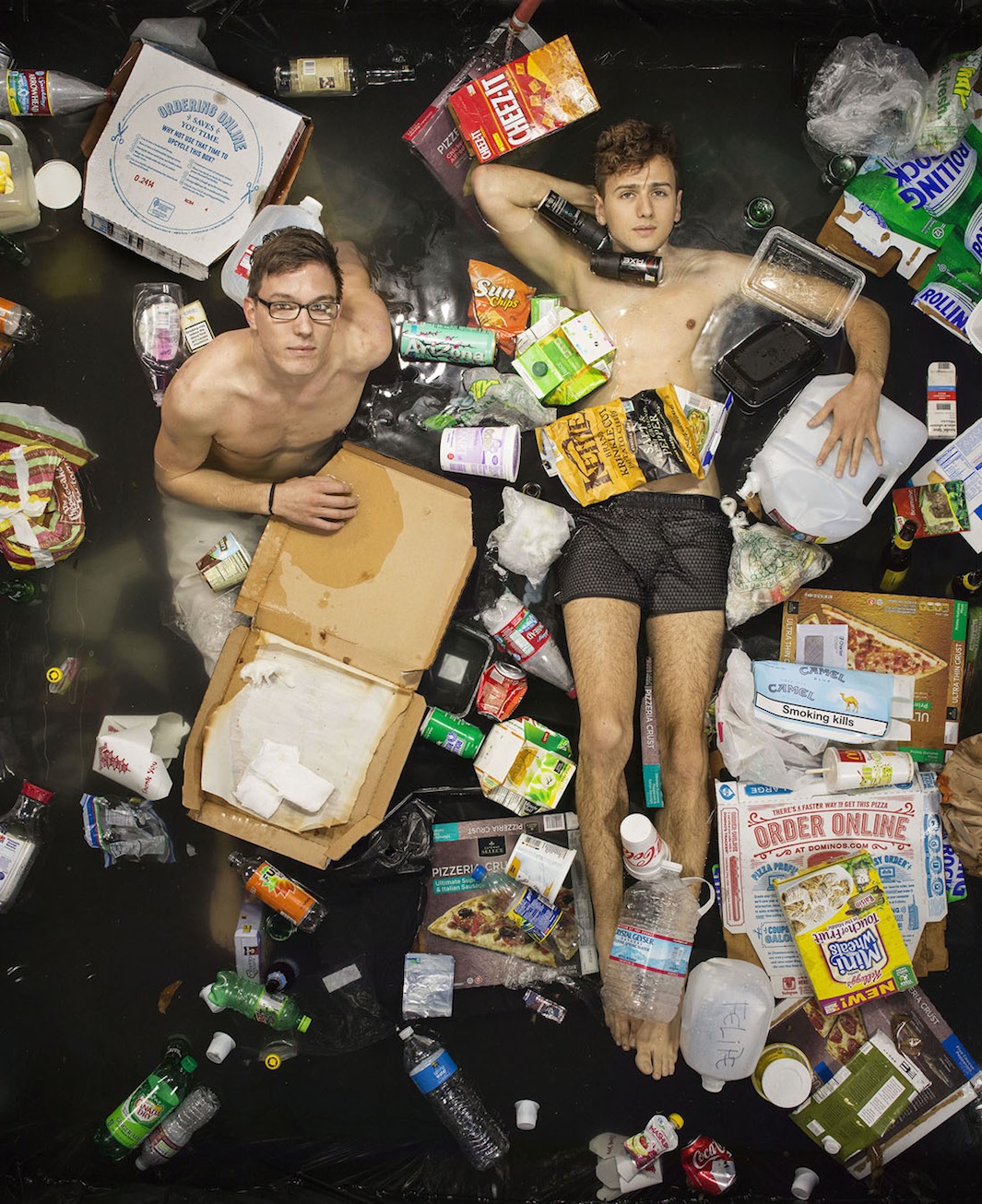
Gregg Segal
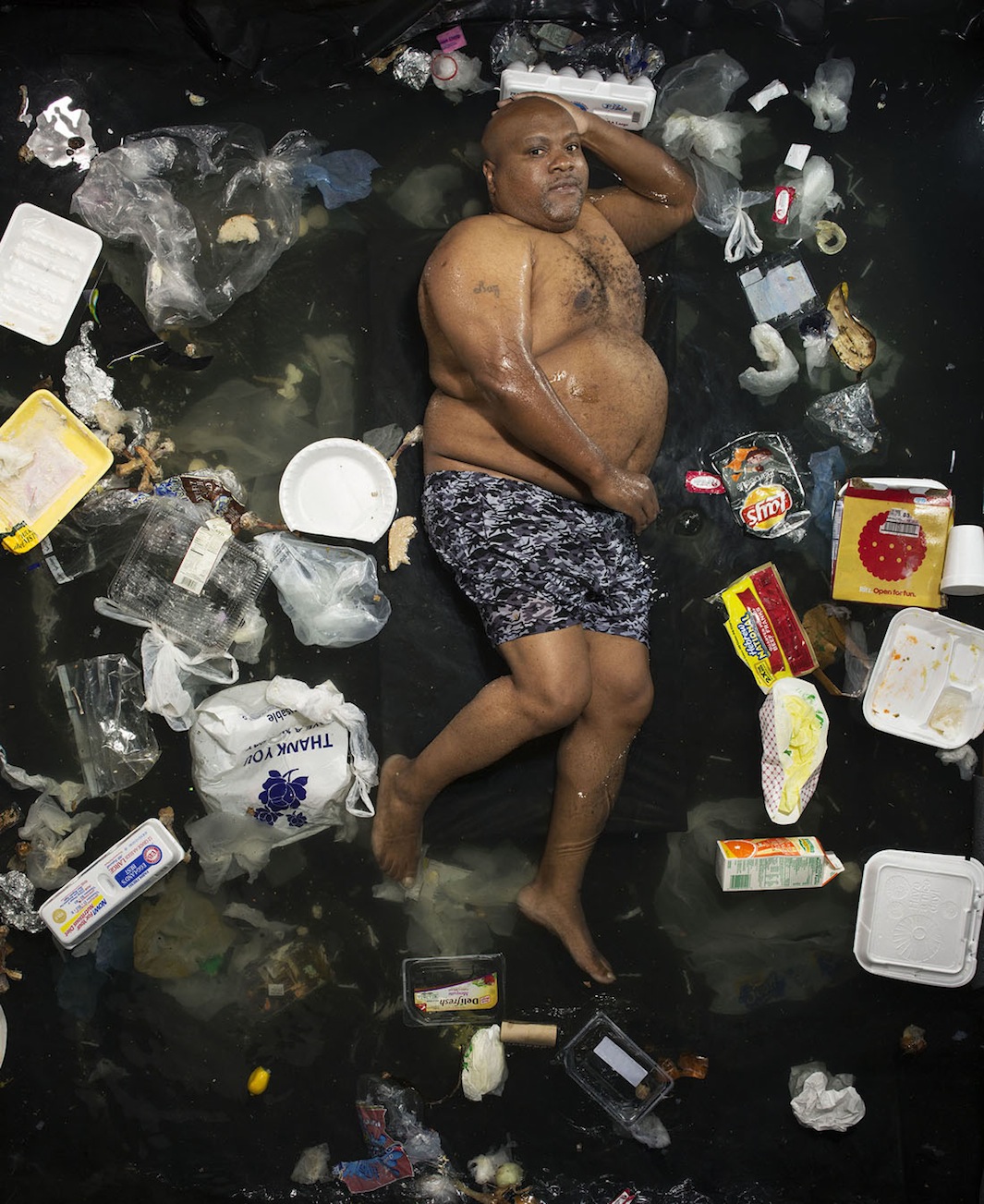
Gregg Segal
